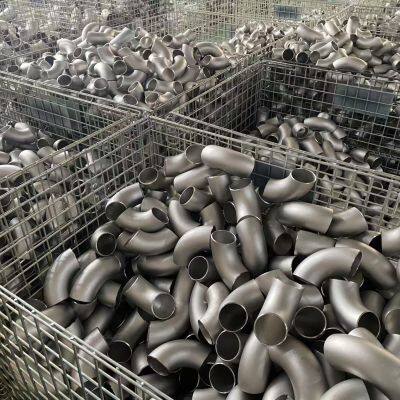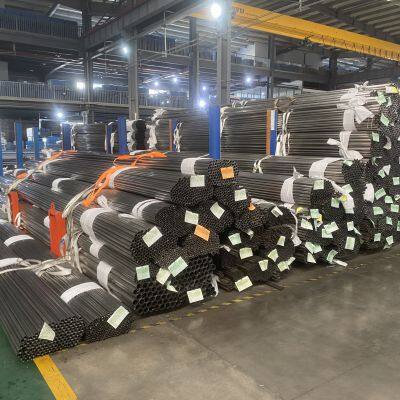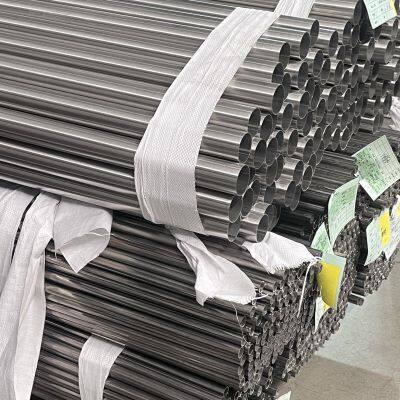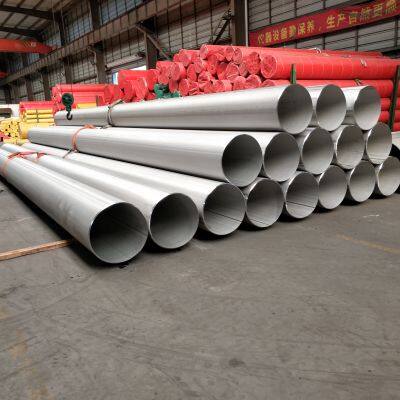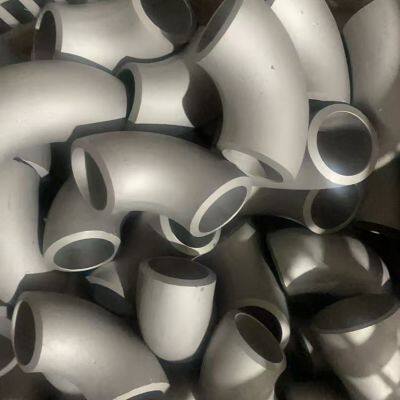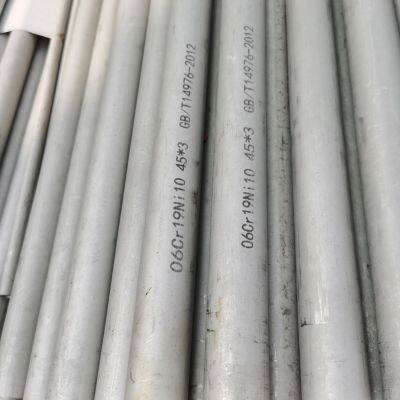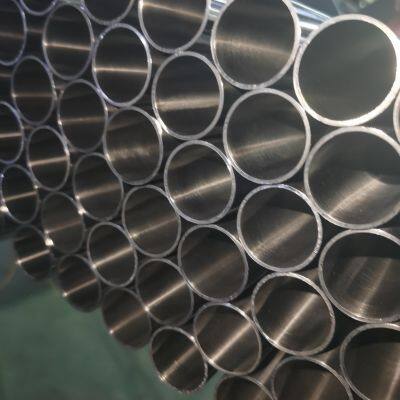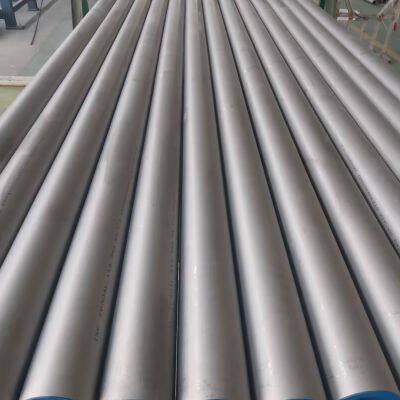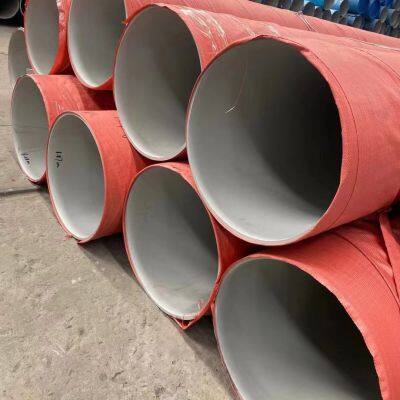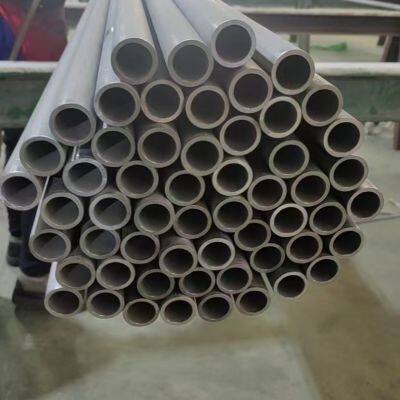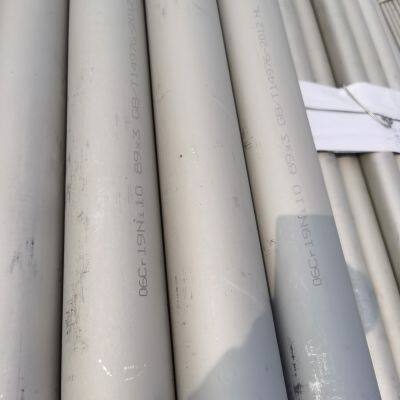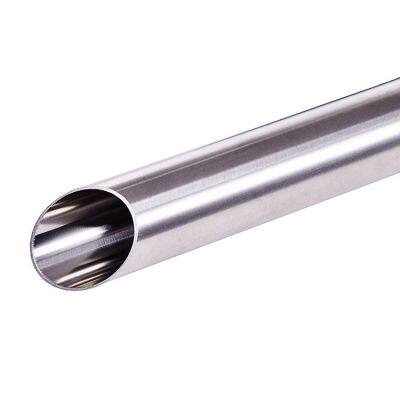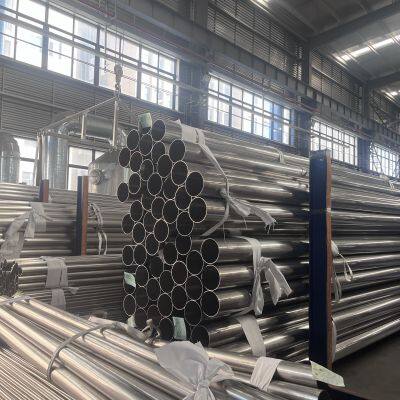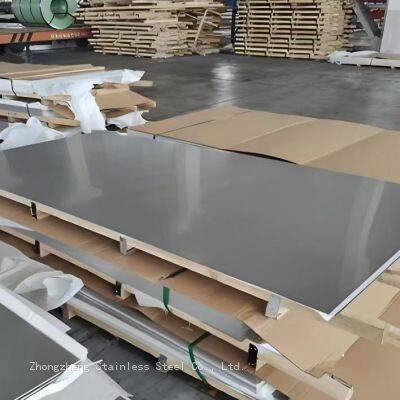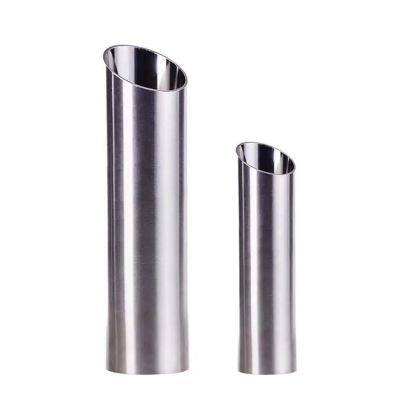Alloy Steel/Hastelloy/Incoloy/Tube China Stock Gr2/Ta2 Titanium Alloy Pipe
The performance of duplex stainless steel tubes is determined by their unique austenite and ferrite two-phase structure. The ratio of each element needs to balance the proportions of the two phases (usually each accounting for 40% to 60%), while optimizing corrosion resistance, strength and machinability. The following is the optimal element ratio and function analysis for typical duplex stainless steel tubes (such as 2205, 2507, etc.):
I. Element Ratio of Typical Duplex Stainless Steel Tubes (Taking Common Grades as Examples)
Picture 1
II. The Ratio Logic and Impact of Core Elements
1. Chromium (Cr) and Nickel (Ni): The Foundation of Two-Phase Equilibrium
Cr: As a forming element for ferrite, excessive content will lead to excessive ferrite formation, making the steel brittle; insufficient content will prevent the formation of a sufficient passivating film, resulting in a decrease in corrosion resistance.
Ni: As a forming element for austenite, it needs to be combined with Cr to ensure a ratio close to 1:1. For example, in 2205, Ni ≈ 5.5%, Cr ≈ 22.5%, the balance is calculated using the "Ni equivalent" and "Cr equivalent" formulas:
Cr equivalent (CE) = Cr + Mo + 1.5Si + 0.5Nb (%)
Ni equivalent (NE) = Ni + 30C + 30N + 0.5Mn (%)
Ideally, CE/NE ≈ 1.0 - 1.2 to ensure two-phase equilibrium.
2. Molybdenum (Mo) and Nitrogen (N): Key to Corrosion Resistance and Strength
Mo: In media containing Cl⁻ (such as seawater, chemical solutions), Mo can inhibit the initiation of pitting corrosion. 2507 has a higher Mo content (4% - 5%) and thus has better corrosion resistance than 2205.
N: Exists in solid solution form, not only strengthening austenite but also enhancing the resistance to pitting corrosion (pitting index PREN = Cr + 3.3Mo + 16N, the higher the PREN, the stronger the corrosion resistance). For example:
The PREN of 2205 ≈ 40 - 45, suitable for moderate corrosive environments;
The PREN of 2507 ≈ 45 - 50, suitable for high corrosive environments (such as marine engineering, petroleum refining).
3. Carbon (C): The Lower the Better
The carbon content of duplex steel is strictly controlled at ≤ 0.03%, to avoid the formation of Cr₂₃C₆ at high temperatures, which leads to intergranular corrosion. This is an important difference from austenitic stainless steel (such as 304).
4. Manganese (Mn): An Economical Stable Element for Austenite
The forming ability of Mn for austenite is approximately 1/20 of that of Ni, but it is cheaper and is often used to adjust the ratio and improve the cold working performance of the steel.
III. Adjustment of ratios in different application scenarios
For applications requiring corrosion resistance (such as marine engineering and chemical equipment): Increase the content of Mo (4% - 5%) and N (0.25% - 0.3%), for example, 2507 duplex steel.
For applications prioritizing strength (such as structural components and high-pressure pipelines): Increase the content of N (about 0.2%), taking advantage of its solid solution strengthening effect, while maintaining the ratio of the two components.
Weldability requirements: Reduce the content of C and Si, control Mn below 1.5%, to prevent excessive growth of ferrite in the heat affected zone (HAZ) and resulting in brittleness.
IV. Summary: Core Principles of the Optimal Ratio
The element ratio of duplex stainless steel tubes must satisfy the "two-phase balance, synergistic optimization of corrosion resistance and strength":
Chromium-nickel balance: Control the ratio of two phases by setting Cr equivalent / Ni equivalent ≈ 1.0 - 1.2;
Molybdenum-nitrogen synergy: Adjust Mo (2.5% - 5%) and N (0.15% - 0.3%) according to the corrosion environment to enhance the resistance to pitting corrosion;
Low carbon control: C ≤ 0.03% to avoid intergranular corrosion;
Impurity limit: The lower the content of P and S, the better the toughness and weldability.
The specific ratio of each brand needs to be refined in combination with standards (such as ASTM A240, GB/T 21832) and actual working conditions to achieve the optimal balance between performance and cost.
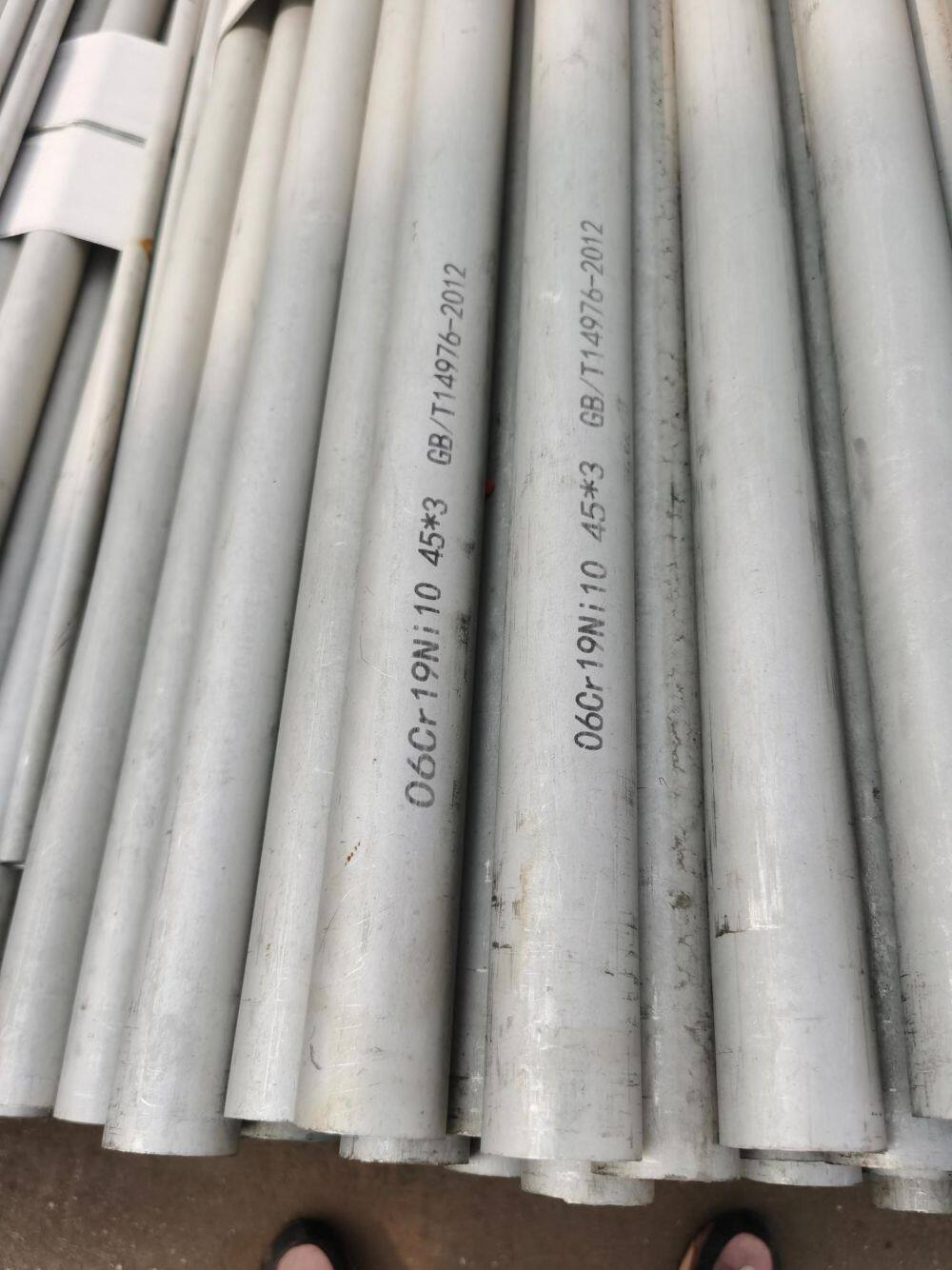
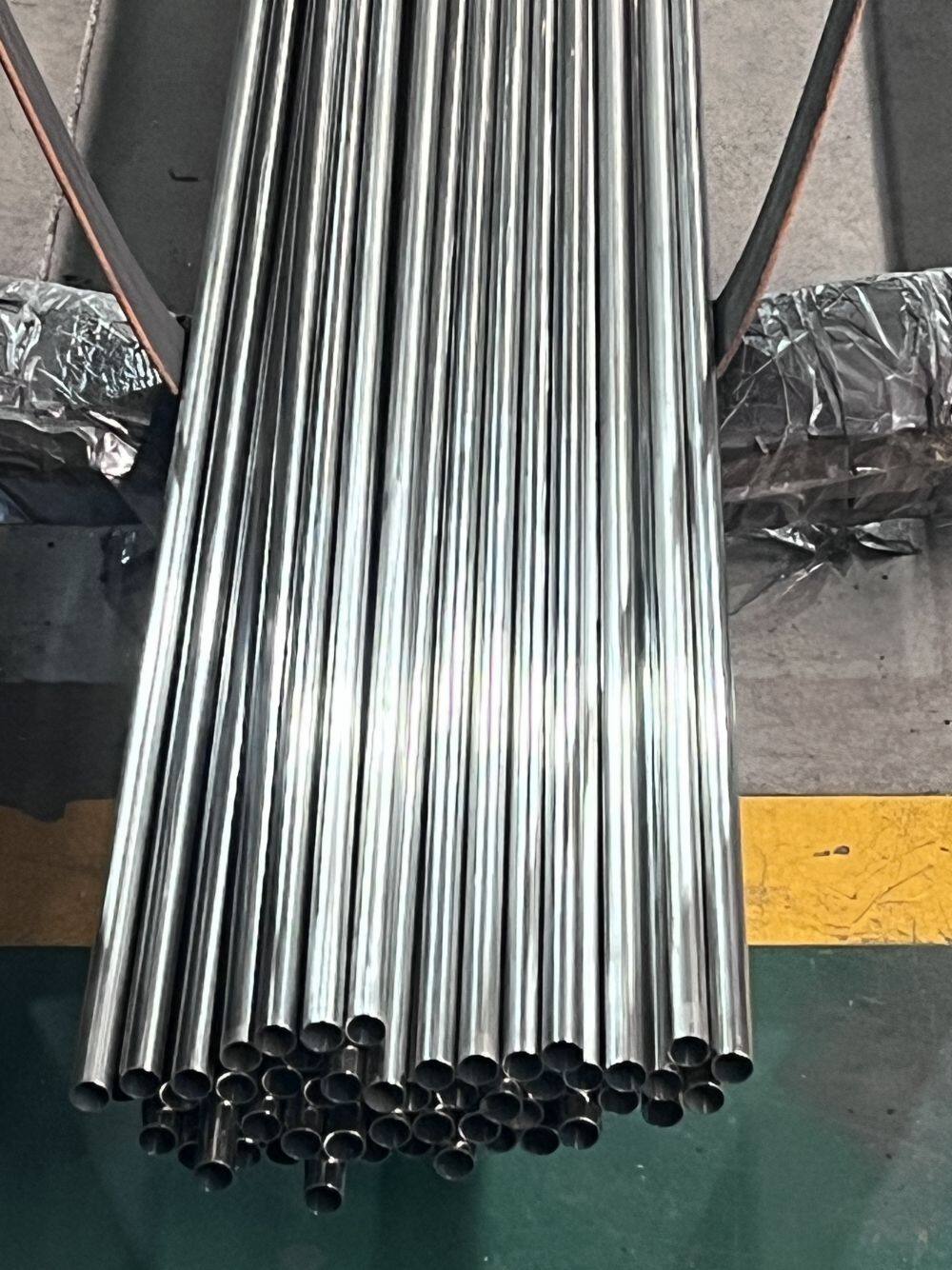
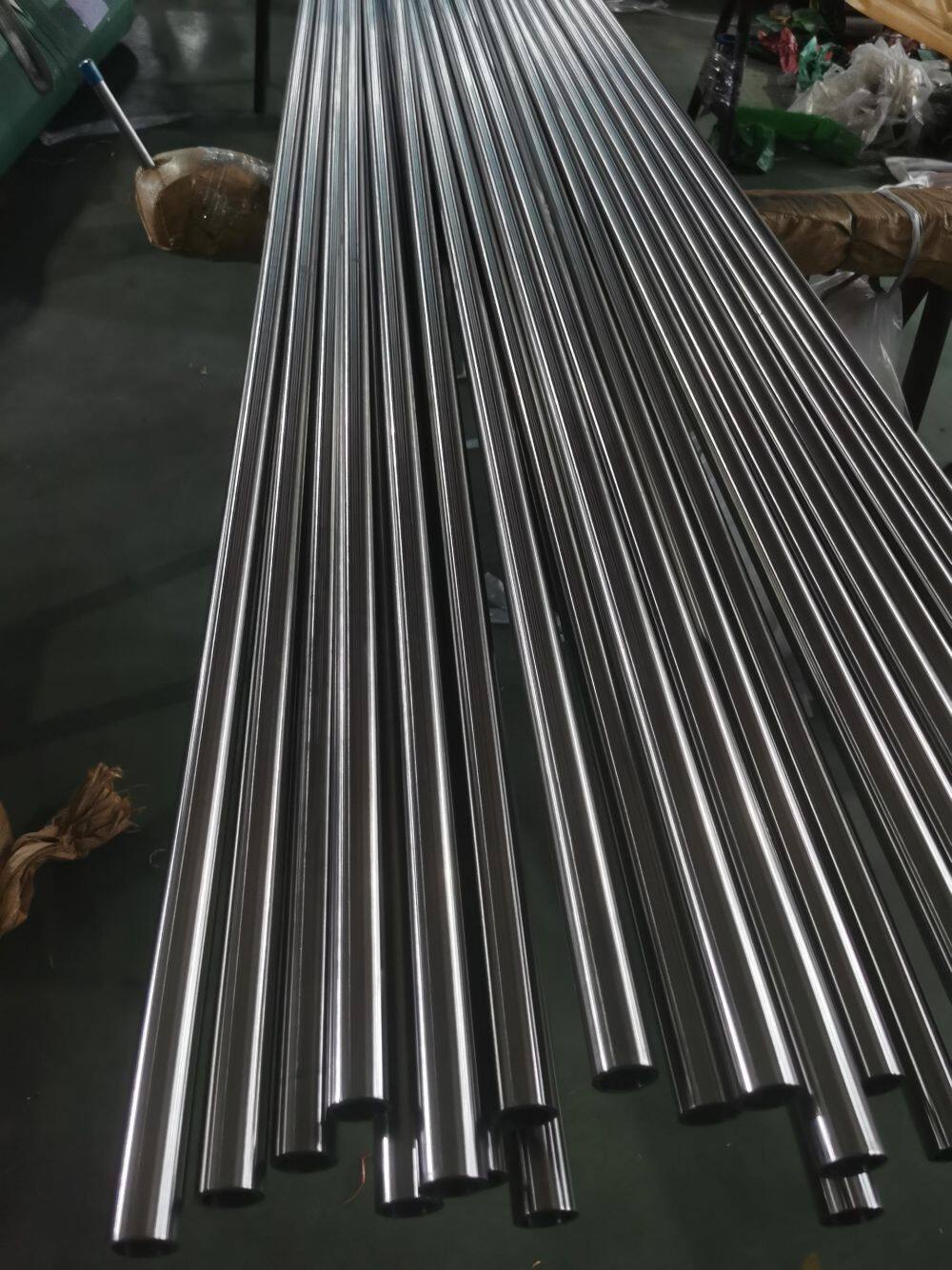
Recently Posted
-
What are the advantages of double-clamp stainless steel drinking water pipe fittings
January 6, 2026What are the advantages of double-clamp stainless steel drinking water pipe fittings? 1. Suitable for various media: The stai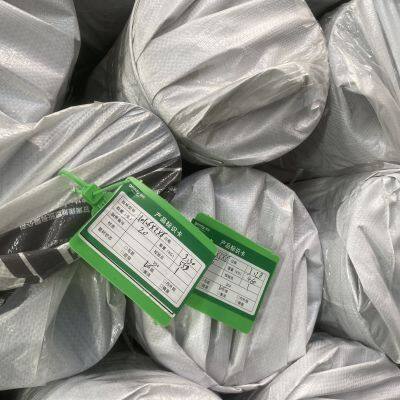 Read More
Read More -
304 stainless steel pipe, steam gas pipeline, mixed gas pipeline
January 6, 2026The 304 stainless steel pipe is suitable for steam pipelines and gas mixture pipelines. The 304 stainless steel materia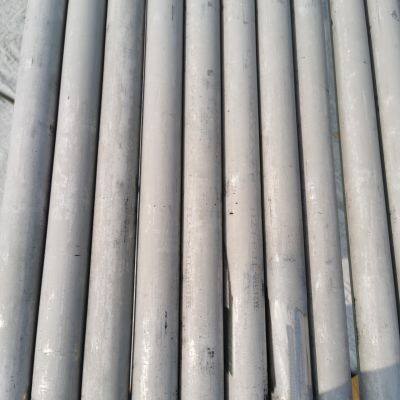 Read More
Read More -
What are the differences between 304 and 202 stainless steel pipes
January 6, 2026The main differences between 304 and 202 stainless steel pipes lie in their chemical composition, physical properties, corrosion r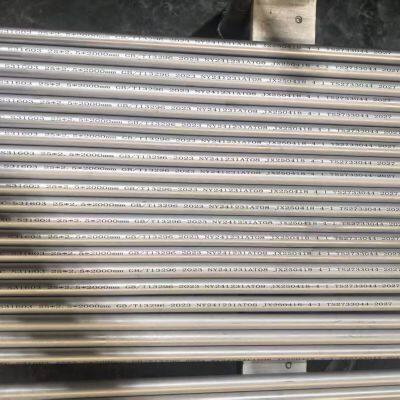 Read More
Read More -
The five common methods of connecting stainless steel water pipes
January 6, 2026Different methods of installing stainless steel water pipes The installation methods of stainless steel water pipes var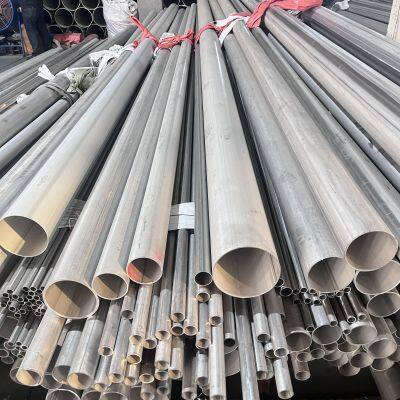 Read More
Read More



